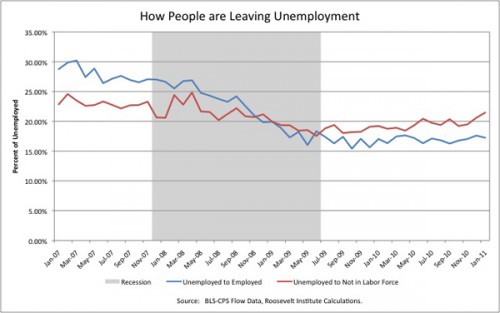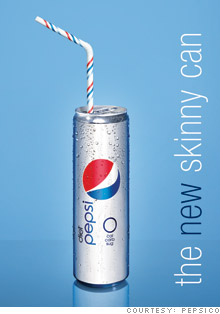I was walking through the University bookstore today to pick up beginning of the semester office supplies, when this book, Grammar Sucks: What to Do to Make Your Writing Much More Better, caught my eye:
Back cover text:
Do you suffer from grammar phobia because…
- You’re so used to IMing, you’ve forgotten how to write a normal sentence. :- )
- You’ve started thinking in rap lyrics.
- Last time you gave a report, your handout got you laughed out of the room.
What made this book seem blog-worthy to me is the not-so-subtle coded language used to refer to those speakers who the book cover authors (maybe not the book authors) feel are culpable for the degradation of language. I want to consider the second point specifically: “…thinking in rap lyrics.”
Ok, of course not all rappers are black, but it is an art form that is so solidly identified with the African American community.. And, of course, they’re not really talking about “rap lyrics,” they’re talking about AAVE (African American Vernacular English). This is an offensive and transparently coded throwback to the linguistic inferiority of African Americans.
AAVE is a dialect of English just like all dialects, and has a fully articulated syntax, morphology and phonology. It is NOT a broken or mislearned form of the dominant dialect. And people certainly don’t speak AAVE because they failed to learn arbitrary writing conventions in school (e.g. “Don’t start a sentence with a conjunction”) , which appear to be the topic of this book.
But, let’s take them at their word. Maybe you have grammar phobia because you’re thinking in rap lyrics. Do you mean, like, you’re freestyling in your head all the time? Do you mean you’re kind of like this guy?
You mean, all your thoughts have flow, and rhyme, are creative, and drop properly formed Spanish imperative verbs? To the book cover authors: you fucking wish. I mean, I wish I could do that.
In the context of the book, it makes a clear point: If you are young, and black (and your hat’s real low), you’re not worthy of social respect, or economic achievement.
Needless to say, I went on to go buy my office supplies, and didn’t read the body of the book. I can’t really tell you if it gave any good advice that made any sense. This book is just another case where supposed discussion of language isn’t really about language. It actually ties in nicely with my previous post on how people discuss language in terms of morality. Here, the book cover authors are laying blame on the same groups of people that are accused of leading moral decay: youth, and racial and ethnic minorities.
——————————-
Josef Fruehwald is a graduate student in Linguistics at the University of Pennsylvania. His research focuses on theoretical models of language variation and change. He frequently blogs about the relevance of linguistic research to language attitudes (among other things) at Val Systems.
If you would like to write a post for Sociological Images, please see our Guidelines for Guest Bloggers.










